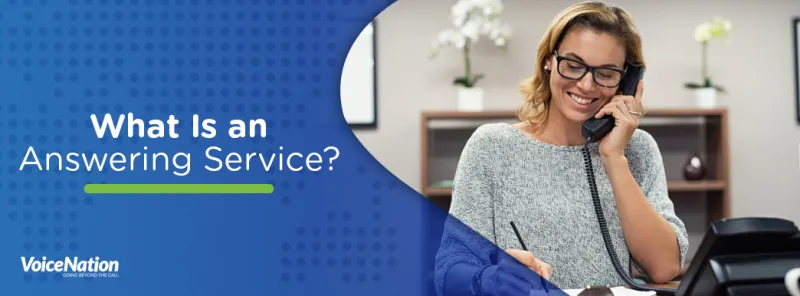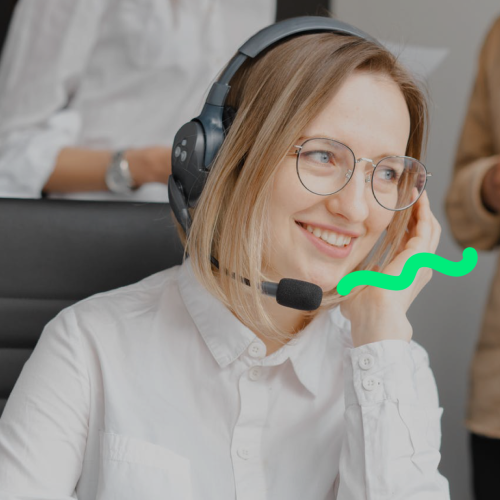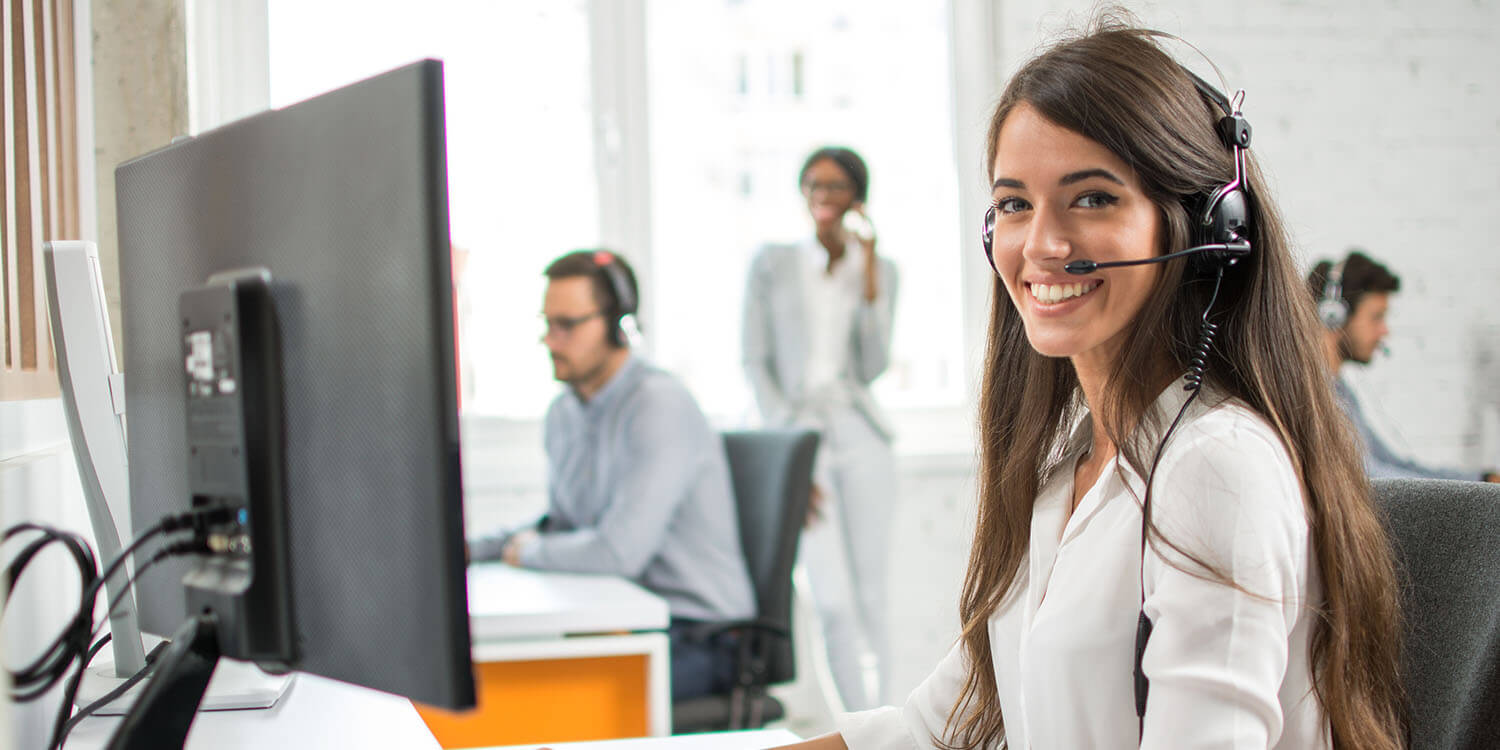All Categories
Featured
Table of Contents
Best Can What Is An Answering Service?
This gadget and its followers were developed by Sava Jacobson, an electrical engineer with a private consulting company. While early voice mail used magnetic tape technology, the majority of modern-day equipment uses strong state memory storage; some devices use a combination of both, with a solid-state circuit for the outgoing message and a cassette for the inbound messages.
"toll conserving" below) (telephone answering service). This is useful if the owner is evaluating calls and does not wish to consult with all callers. In any case after going, the calling party ought to be informed about the call having been responded to (for the most part this begins the charging), either by some remark of the operator, or by some welcoming message of the little, or resolved to non-human callers (e.
This holds particularly for the Little bits with digitally stored welcoming messages or for earlier devices (prior to the increase of microcassettes) with a special limitless loop tape, different from a second cassette, dedicated to recording. There have actually been answer-only gadgets with no recording abilities, where the welcoming message needed to inform callers of a state of current unattainability, or e (call answering services).
What Is The Best Telephone Answering Service - Answer My Phone

about accessibility hours. In tape-recording TADs the greeting typically includes an invitation to leave a message "after the beep". A voice mail that uses a microcassette to record messages On a dual-cassette answerphone, there is an outbound cassette, which after the defined number of rings plays a pre-recorded message to the caller.

Single-cassette answering makers consist of the outbound message at the beginning of the tape and inbound messages on the remaining area. They first play the statement, then fast-forward to the next offered area for recording, then tape the caller's message. If there are many previous messages, fast-forwarding through them can cause a considerable delay.
This beep is often described in the greeting message, asking for that the caller leave a message "after the beep". TADs with digital storage for the tape-recorded messages do not show this delay, naturally. A little may use a push-button control center, whereby the answerphone owner can sound the home number and, by entering a code on the remote telephone's keypad, can listen to recorded messages, or delete them, even when far from house.
The Best Call Answering & Reception Services - Office Shed Service?

Therefore the device increases the variety of rings after which it responds to the call (usually by 2, resulting in 4 rings), if no unread messages are currently kept, but answers after the set number of rings (generally 2) if there are unread messages. This enables the owner to find out whether there are messages waiting; if there are none, the owner can hang up the phone on the, e.
Some devices likewise allow themselves to be remotely activated, if they have actually been turned off, by calling and letting the phone ring a specific large number of times (typically 10-15). Some provider abandon calls already after a smaller sized number of rings, making remote activation difficult. In the early days of Littles an unique transmitter for DTMF tones (dual-tone multi-frequency signalling) was regionally required for push-button control, given that the formerly used pulse dialling is not apt to convey suitable signalling along an active connection, and the dual-tone multi-frequency signalling was implemented stepwise.
Any incoming call is not recognizable with regard to these residential or commercial properties in advance of going "off hook" by the terminal devices. So after going off hook the calls need to be switched to proper devices and just the voice-type is instantly available to a human, however maybe, however must be routed to a LITTLE BIT (e.
Is It Worth Paying For Telephone Answering Service - Answer My Phone?
What if I told you that you do not need to really select up your gadget when answering a client call? Someone else will. So hassle-free, ideal? Addressing telephone call doesn't require someone to be on the other end of the line. Efficient automated phone systems can do the trick simply as efficiently as a live representative and in some cases even much better.
An automatic answering service or interactive voice action system is a phone system that communicates with callers without a live individual on the line - virtual telephone answering service. When business use this innovation, customers can get the response to a question about your organization simply by utilizing interactions set up on a pre-programmed call circulation.
Although live operators upgrade the customer support experience, many calls do not require human interaction. A basic taped message or directions on how a client can obtain a piece of information usually resolves a caller's immediate need - virtual telephone answering. Automated answering services are a basic and effective way to direct inbound calls to the right individual.
What Is The Best Phone Answering Service - Intelligent Office To Get
Notice that when you call a company, either for assistance or product questions, the very first thing you will hear is a pre-recorded voice welcoming and a series of options like press 1 for customer care, press 2 for queries, and so on. The pre-recorded choices branch out to other choices depending upon the consumer's selection.
The phone tree system assists direct callers to the best person or department utilizing the keypad on a mobile phone. In some circumstances, callers can use their voices. It's worth noting that auto-attendant alternatives aren't restricted to the ten numbers on a phone's keypad. Once the caller has actually picked their very first alternative, you can develop a multi-level auto-attendant that utilizes sub-menus to direct the caller to the right sort of assistance.
The caller does not need to communicate with a person if the auto-attendant phone system can handle their issue. The automatic service can route callers to a staff member if they reach a "dead end" and need support from a live agent. It is pricey to employ an operator or executive assistant.
How Much Should I Pay For What Is An Answering Service??
Automated answering services, on the other hand, are considerably cheaper and supply significant expense savings at an average of $200-$420/month. Even if you don't have dedicated staff to manage call routing and management, an automatic answering service enhances performance by allowing your group to concentrate on their strengths so they can more efficiently invest their time on the phone.
A sales lead routed to client service is a lost shot. If a customer who has product questions reaches the incorrect department or receives incomplete answers from well-meaning workers who are less trained to handle a particular type of question, it can be a reason for frustration and frustration. An automatic answering system can minimize the variety of misrouted calls, therefore assisting your workers make much better use of their phone time while freeing up time in their calendar for other tasks.
With Automated Answering Systems, you can produce a customized experience for both your staff and your callers. Make a recording of your primary greeting, and just update it regularly to reflect what is going on in your company. You can create as many departments or menu alternatives as you desire.
Latest Posts
Tailored Medical Answering Service – Port Adelaide
Dependable Custom Phone Answering
Call Answering Service Near Me – VIC